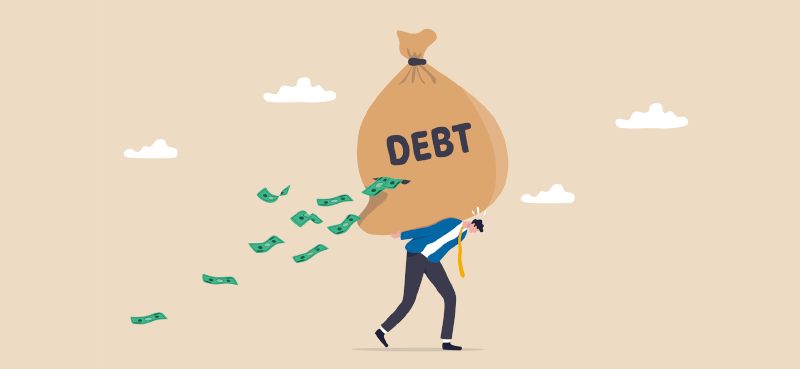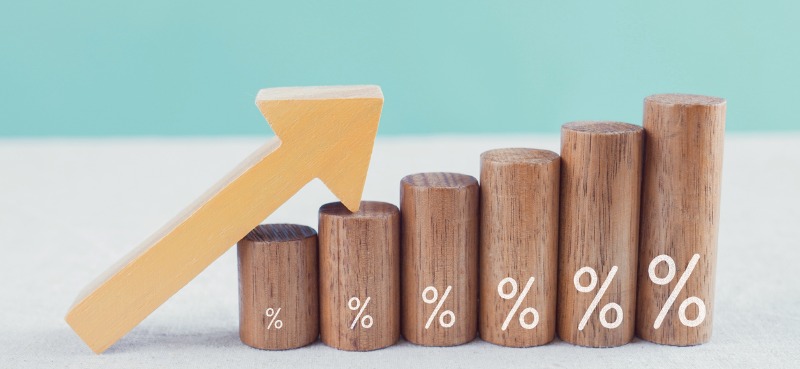Most investors have never heard of a “bullish risk reversal.”
It’s a combination trade, which means it involves using a call option and a put option.
You might think option strategies are only for elite traders. Some of these strategies can be complicated—but a bullish risk reversal isn’t. And it can make you a lot of money…
It lets you profit if a stock rises or stays flat… But if it declines, you get to buy shares of a company you’d like to own anyway at a great price.
There’s a lot to like about this trade structure.
Keep reading, and I’ll show you why it’s my favorite option strategy…
What the heck is a “bullish risk reversal”?
Experienced traders refer to this as a “synthetic long position.”
It’s called synthetic because you’re taking a bullish (long) position on a stock without actually buying any shares. Instead, you’re making two option trades…
For the first half of the trade, you sell an out-of-the-money put option. Selling a put can seem complicated for novice investors, but it’s pretty straightforward. For the basics of selling a put option, check out this article I wrote a few months ago.
For the second half of the trade, you buy an out-of-the-money call option with the same expiration date as the put we sold above. Here are the basics on buying a call option.
Now, let’s break the trade into two parts to get a better idea of what we’re trying to accomplish.
We’ll start with the put option. When you sell a put, the following happens:
- You’re making a bullish bet (meaning you want the stock to go up);
- You collect the premium (meaning you make money by selling the put);
- You accept the potential obligation to buy 100 shares of the stock at the strike price… for the lifespan of the put option (in other words, until the expiration date).
Selling a put is a bullish strategy where you believe the stock will be near or above the strike price at expiration. If the stock falls below the strike price at expiration, you’ll need to come up with the cash to buy 100 shares of stock. That’s why you only want to sell a put on stocks you’re willing to own.
And since you are selling a downside put, the strike is below the current stock price. Who doesn’t like owning a great stock at a lower price?
Remember, when you sell a put, you’re instantly collecting a premium (as the seller, you keep the money generated by the sale). That’s where the second leg of this trade comes into play…
Once you’ve sold the downside put, you can use the proceeds to fund the second leg of this trade—the purchase of a call option with the same expiration.
When you buy an upside call option, the following happens:
- You’re making a bullish bet;
- You pay the premium (the price the call is trading for);
- You have the right to buy 100 shares of stock at the strike price through expiration.
Buying an upside call gives you long exposure to the stock for the lifespan of the option. And just like selling a put… buying a call is a bullish trade (since you profit if the stock goes up).
Now, let’s quickly summarize these two legs of the trade together.
Together, selling a put and buying a call leaves you with the following setup:
- You have the potential obligation to buy 100 shares at a lower price (the strike of the put) through expiration;
- You have the right to buy 100 shares at a higher price (the strike of the call) through expiration;
- On the day of expiration, if the stock ends up between the two strike prices, both options expire worthless.
This strategy is great for investors who are bullish on a stock… but aren’t looking to pay the current market price for the shares. In other words, they want to purchase the stock at a lower price, but still want the upside exposure (in case the stock soars higher instead of coming down to their preferred buy price).
This is the perfect setup when a stock has reached an attractive buy level, especially when a stock has fallen rapidly.
An example of a bullish risk reversal trade
Let’s use Apple (AAPL) as an example… but lower its share price to make the numbers easier to work with.
In this example, AAPL is trading at $100. In recent months, the stock has fallen from prior highs of $130 per share.
Now, you love Apple and think the selloff is overdone. It’s getting close to your buy level (you think it’s a steal at $95). And you believe AAPL shares will be higher a few months from now.
Instead of buying 100 shares at $100, you make the following two trades:
- Sell 1 AAPL April $95 put at $4.00;
- Buy 1 AAPL April $105 call for $3.50.
You receive a net credit on this trade of $0.50. In other words, it costs you nothing to put this trade on. In fact, you’re collecting $50 (100 x $0.50) immediately. In general, I’m only interested in doing a risk reversal for a net credit or flat (meaning both options are trading at the same price).
Let’s quickly walk through the risks of this trade. By selling the $95 strike put, you have the obligation to buy 100 shares of AAPL at $95… but only if the stock falls below $95 by expiration. If the stock rallies above $105, you have the right to buy 100 shares of AAPL at $105.
So, why is this a great setup?
On the one hand, it allows you to buy the stock lower than current market prices (if the stock falls below the put strike). In short, you stand to buy the stock 5% lower than the current price of $100.
If the stock rallies above $105, you’ll make money on the call option, which you funded by selling the put.
Since the stock has fallen dramatically from $130, you believe it’s a great value at $100… and even better at $95. But there’s a good chance the stock rallies higher than $100 within a few months.
In short, a bullish risk reversal gives you a way to benefit whether the stock goes up or down in the coming months.
That’s glorious.
Here are three possible outcomes for the AAPL trade at expiration:
- The big winner: AAPL shares rally to $120. Here, your $95 strike put expires worthless, collecting $4. Your call is worth $15. But keep in mind you paid $3.50 for it. The gain on the trade is $1,550 ($4 – $3.50 + $15 x 100). This is a win.
- The flat result: AAPL shares close between $95 and $105 (between the two strike prices). If the stock ends up anywhere in this range at expiration, both the put and the call expire worthless, and you keep the $50 you collected when you made the original trade (see above). This is also a win.
- AAPL shares fall to $80. Here, your put is worth $15. Since you sold the put, it’s a $15 loss… but it’s more accurate to call it an $11 loss, since you collected $4 for the sale. Your call expires worthless, losing $3.50. The net result is a loss of $1,450 ($4 – $15 – $3.50 x 100). This is a loss, but you end up owning AAPL at an attractive price and can profit on a future rebound.
These are the three potential outcomes. The first two are positive, while the third result is a loss… BUT that’s okay because you like the stock and are happy owning it lower. It’s also worth noting that this is a smaller loss than if you had bought AAPL at $100 instead of putting on this trade.
As you can see, a bullish risk reversal gives you multiple ways to profit… If the stock rallies, you win. If it stays flat, you win. And if the stock falls below the put strike, you lose a bit (just like being long 100 shares).
The worst case is you buy the stock lower, which is better than if you’d purchased 100 shares of stock at $100. That’s why I love this strategy: It’s almost like a “heads you win, tails you win” setup.
Now I realize this might seem a bit complicated for investors who aren’t used to trading options. In that case, make sure to check out my latest Lessons with Luke video, where I walk you through this trade.
Here’s the bottom line: A bullish risk reversal is my favorite options strategy. It allows you to buy the stock lower OR participate in the upside. It mimics being long stock, but with a favorable risk/reward profile.
Being able to buy a great stock lower than where it is today is a favorable outcome. On the flip-side, if the stock rallies, you have an upside call that generates a profit above the strike price.
Best of all, you can put the trade on for free (or for a credit) by using the put premium to pay for the call option.
Note: If you’ve never traded options before, you’ll need to set up special privileges with your broker before you can use this strategy. But once you get the hang of it—you’ll wish you’d tried it sooner.
P.S. I’ll be doing these types of trades in my brand new advisory, Big Money Trader.
Right now, it’s in beta and only available to Curzio One members… but we’ll be opening it to everyone in the near future. Click here for more details… and enter your email for a special discount when we launch.



















